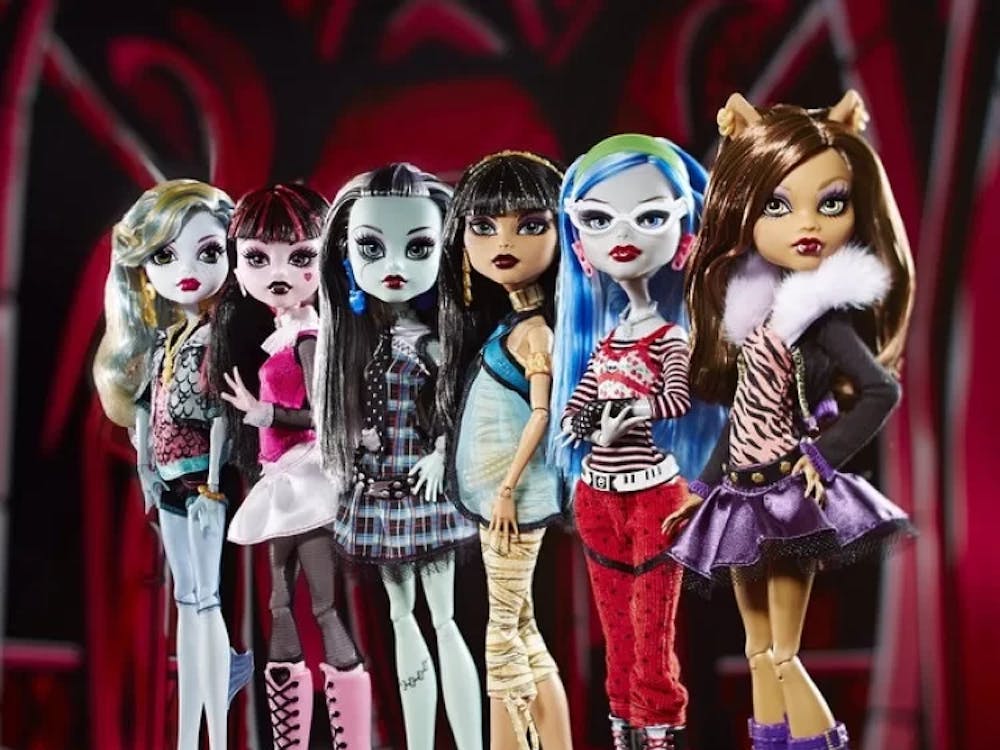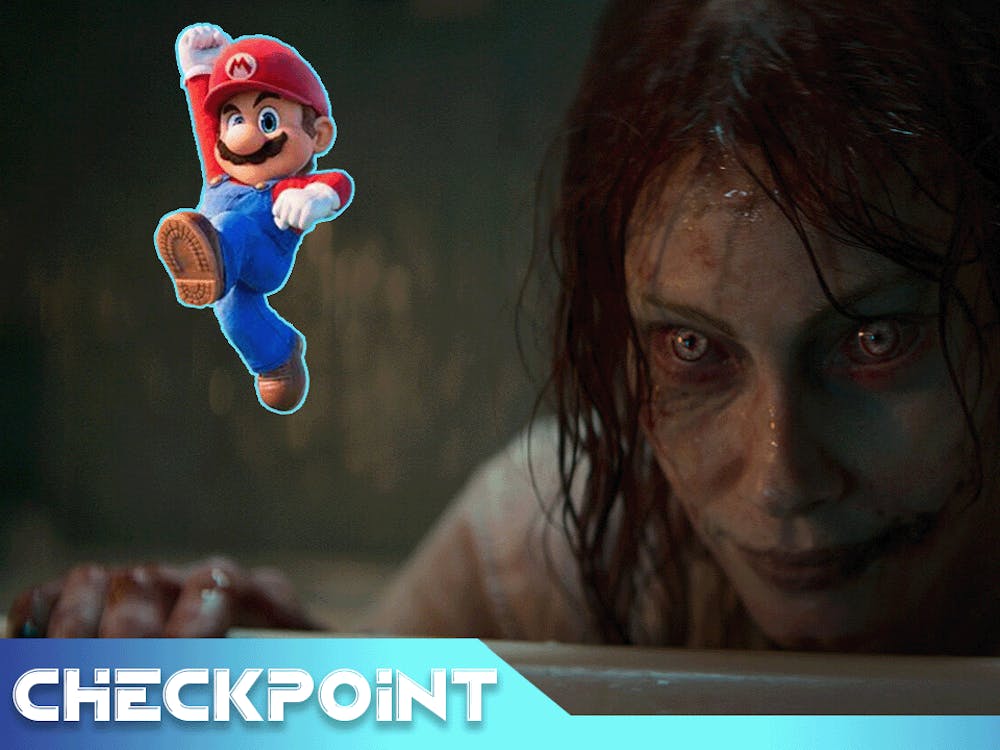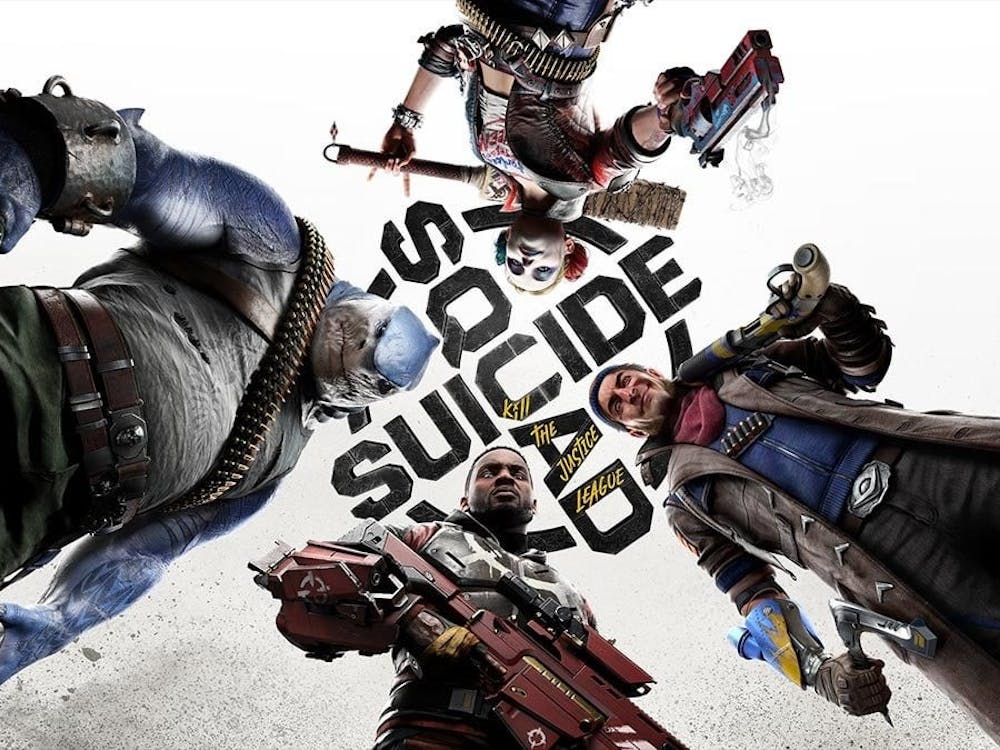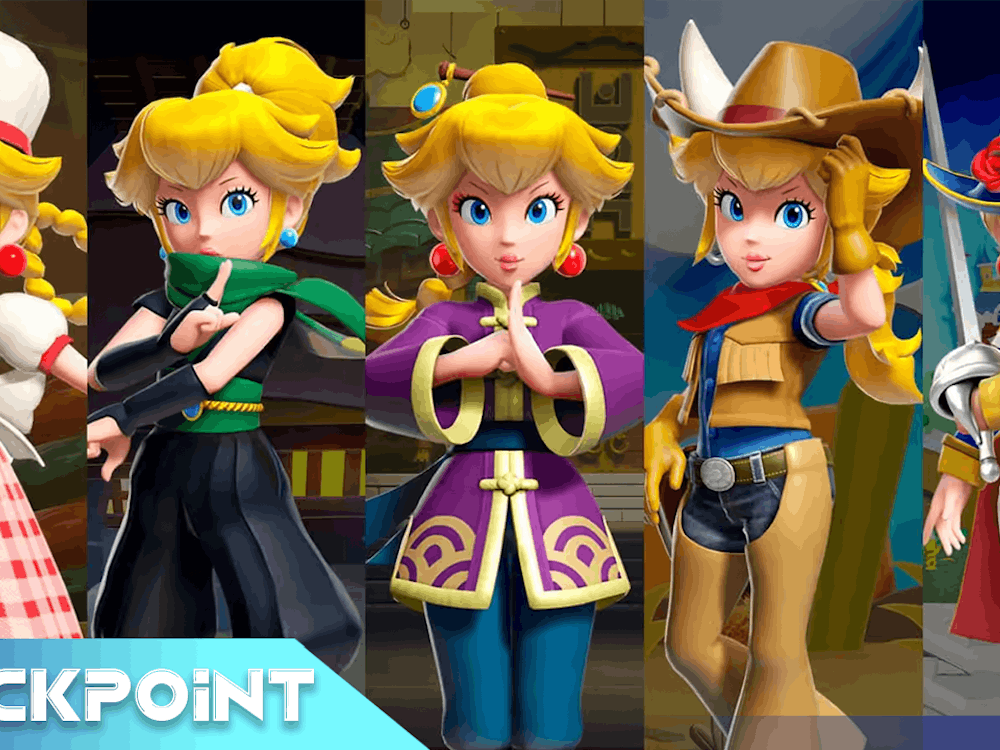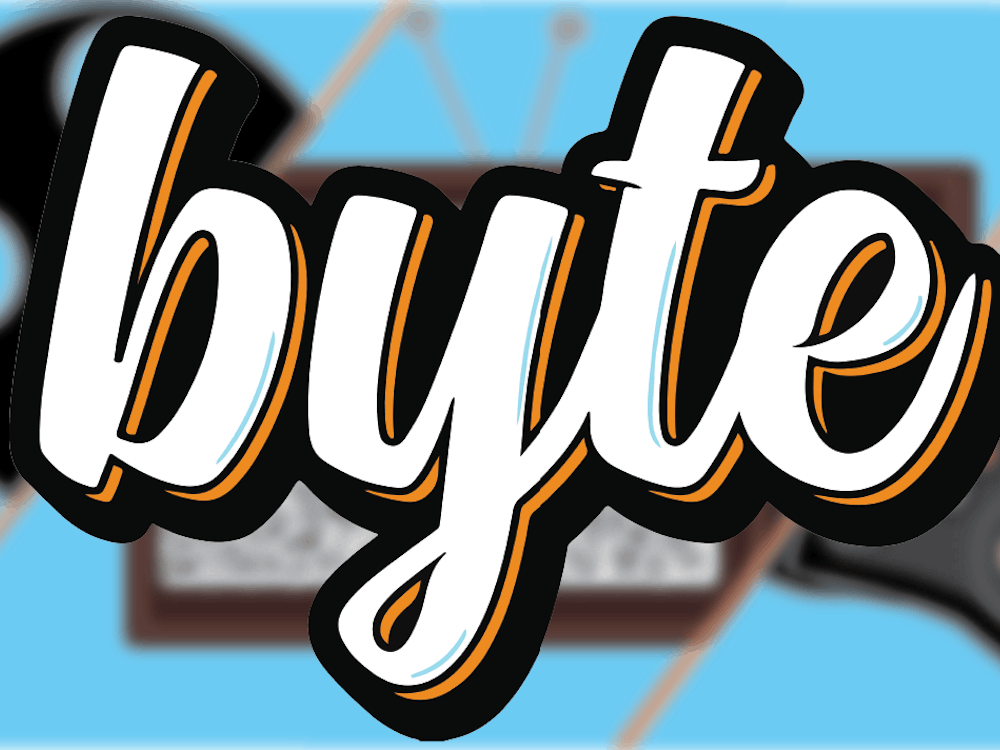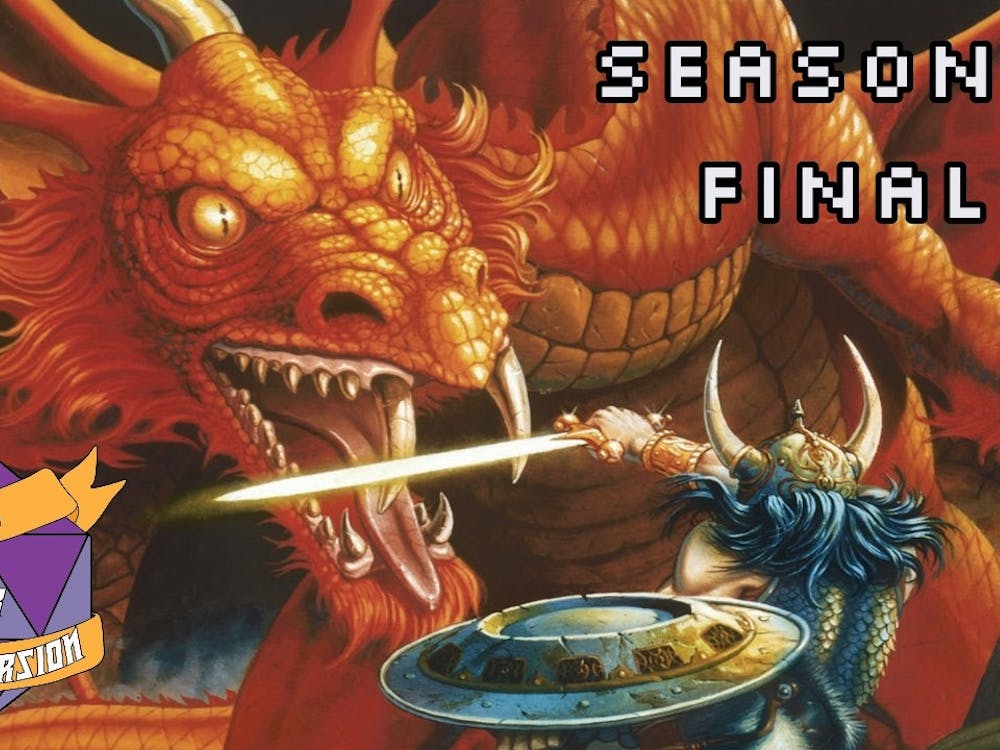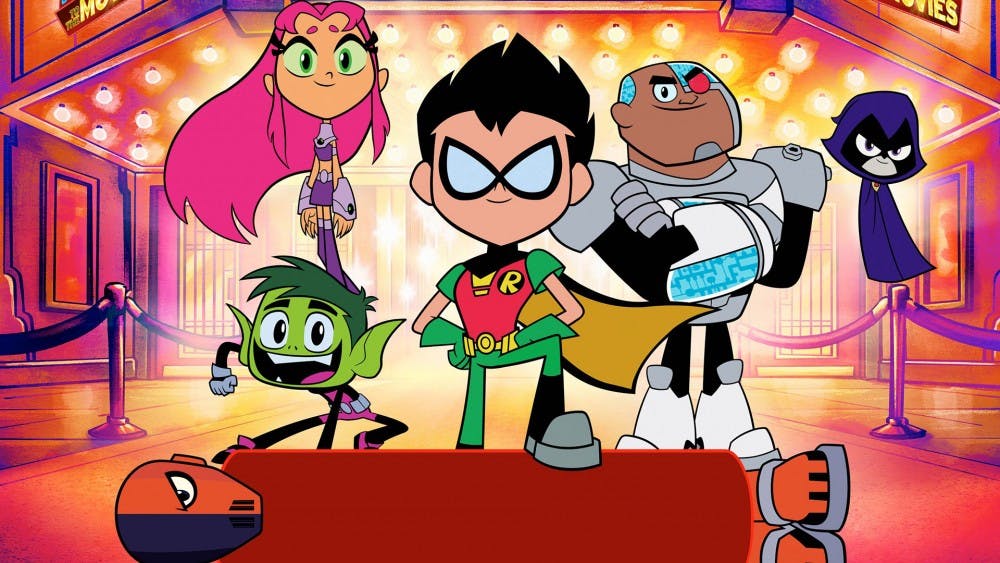We live in the Superhero era of filmmaking.
In the wake of the MCU’s rampant unprecedented success, nearly every major studio has thrown their hat into the ring in the hopes of netting some of the collective green this genre never ceases to produce. In many a way, this power-packed entertainment boom brings to mind a time when the western, a genre now all but dormant, was king at the office. It seems like we live in a world where they’re practically giving away movies to any character(s) rendered in ink and paint, almost out of spite.
Released on July 27, 2018, Teen Titans Go! To the Movies attempts to capitalize on this super-mania, and it surprisingly succeeds…to mixed results.
Upbeat and Inspirational
If there is anything I can give this film, I can very safely say that it is a major improvement above its’ small screen counterpart. Directed by Aaron Horvath and Peter Rida Michail with writing credits to series co-creators Michael Jelenic and the aforementioned Horvath), Teen Titans Go! To the Movies (or TTGTTM for short) strongly benefits from a seemingly increased budget and far more free reign in what they can do on the big screen as opposed to the limits of television.
Unfortunately, these improvements do come with a few major catches to them. While the film’s budget, estimated to be approximately 10 million dollars, does allow for far more fluid movement and ambitious action sequences, it can be extremely evident at times when the money’s running thin. It’s really only noticeable whenever the film features any shots involving a crowd, so while it’s not that big of a deal to detract from the film, it could detract from any repeat viewings (should one desire to do so).

Image from IMDb
In turn, while the jump to cinema allows TTGTTM more freedom in regards to what it can and can’t get away with content-wise (bloodless on-screen “kills”, wisecracks and namedrops about and from Marvel’s catalogue of films, a fairly prominent use of the word “kill” in the murderization sense, which is a hard pass on kids’ TV), it has a hard time balancing being child-friendly and appealing to the adults in the audience. For every gag about how similar some things in the DC universe are to Marvel’s, there’s a non-sequitur about how much one character loves burritos. For every joke made at the expense of how ungodly bad and ridiculous the DCEU is, there’s a running joke about how one character prominently has “baby hands.” For every somewhat legitimate critique it makes of the Superhero movie machine that Hollywood has become, it spends no less than five minutes on a sequence where nearly every single member of the main cast poops in a fake toilet and, in rapturous joy, announces how they have done so. It almost makes one think that Horvath and Jelenic were trying to work through some longstanding issues they had had with censorship on Teen Titans Go!, and wanted to stick it to the FCC by saying the word “poop” eleven times in a row in their big Hollywood movie.
Regardless, while I fail to land in the younger demographic this film is aimed for, one serious issue I have is that it fails to consistently take into consideration both the younger and older audiences in a way that, say, the LEGO series could. That said, the closest comparison I can make to this film in regards to both tone and how it is written is 2017’s The LEGO Batman Movie. However, what gives LEGO Batman the edge over TTGTTM is that it, as a family film, is written with both audiences in mind and uses it to its’ advantage. TTGTTM lacks this cohesion, and ends up with dry patches where I can only assume the grown-ups in the audience would be mentally begging take the place of Thomas and Martha Wayne as they take a stroll down Crime Alley. The film is far more tolerable than other family fare on the market, but it’s these moments of sheer tedium that drag the film’s pace to a grinding halt.
If They Can Make One about Aquaman…

Image from IMDb
The plot of Teen Titans Go! To the Movies, much like the film Hotel Transylvania 3: Summer Vacation, is largely unimportant. Yes, it does matter, but it matters in the sense of serving and setting up a variety of fairly episodic comedy beats. Regardless, the film, which takes place in an exaggerated version of the DC universe where EVERY superhero worth their salt has a cinematic adaptation, follows the titular Teen Titans (all reprised by their voice actors from the TV series) and more specifically Robin (Scott Menville). In a desperate bid to be taken seriously as real heroes, the Titans go to Hollywood in order to get a movie made about them. Shenanigans ensue.
There’s even a montage and a literal song about it, entitled “Shenanigans.”
In all honesty, there is more to the film than that. There’s the introduction of Jade Wilson (Kristen Bell), superhero filmmaker whose lack of any interest in the Titans stands in the way of their dreams of cinematic glory. There’s a cavalcade of super-cameos, most notably Nicholas Cage as Superman (and the script’s insistence on him using the word “goofsters”). There’s a prolonged montage in which the Titans (after summoning time-traveling tricycles and doing “rad” bike tricks to the tune of A-Ha to generate Time Juice) effectively kill a variety of DC superheroes in order to eliminate the competition, realize their mistake, and then promptly undo it all, which leads to them blowing up Krypton and literally murdering Batman’s parents. It’s a genuinely funny sequence, but after it’s is done and over, it leaves no impact on the rest of the film and is completely forgotten about. In retrospect, it’s utterly pointless.
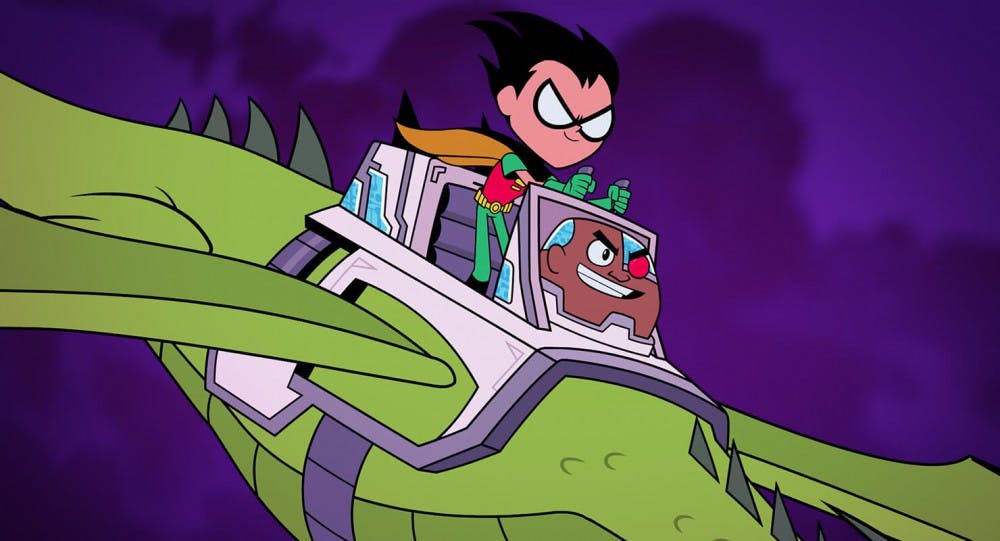
Image from IMDb
And then there’s Slade. Otherwise known as Deathstroke for comics fans out there, he’s a mercenary master of mind manipulation (to which he insists almost every time he reappears in the film) and the bad guy our heroes fixate upon in the hopes of getting an arch-nemesis (and in turn, a movie). Here, he’s voiced by Will Arnett, who not only headlined as the titular character in the aforementioned LEGO Batman Movie but also helped produce Teen Titans Go! To the Movies.
He’s fine here. I guess. He mainly tries to stay away from using his LEGO Batman voice in favor of a more nasally falsetto at times, but at points he does accidentally slip into the prior role. It’s honestly not that distracting, but the proximity that Arnett has to that role only makes me wish I was watching one of the LEGO films as opposed to this one.
Roll Credits
Is Teen Titans Go! To the Movies worthy of the scorn that has accompanied Teen Titans Go! and a great majority of DC’s cinematic output? No. While it lacks in “actual” storytelling and emotional stakes, it makes up for it with being the only film outside of the Deadpool franchise to actually acknowledge the fact that these movies are practically being pumped out by the day and refusing to take itself (and the universe that surrounds it) seriously at all. I earnestly commend the filmmakers for making the adaptation to feature somewhat well, and Warner Bros. for actually allowing any of this to happen. However, while I fully support the team behind the film (and the executives willing to take a chance on them), that doesn’t change the fact that TTGTTM still suffers from pacing issues and a sense of humor that is effectively bipolar. Even then, a lot of the cards that this film play are ones that have been done more effectively in other movies.
In short, if you want superhero satire from people in the thick of it, watch Deadpool. If you want superhero satire for the whole family, watch The LEGO Batman Movie. And if you don’t have LEGO Batman? This’ll do fine.

Featured image from DCComics
For more entertainment related content, visit us at Bytebsu!



